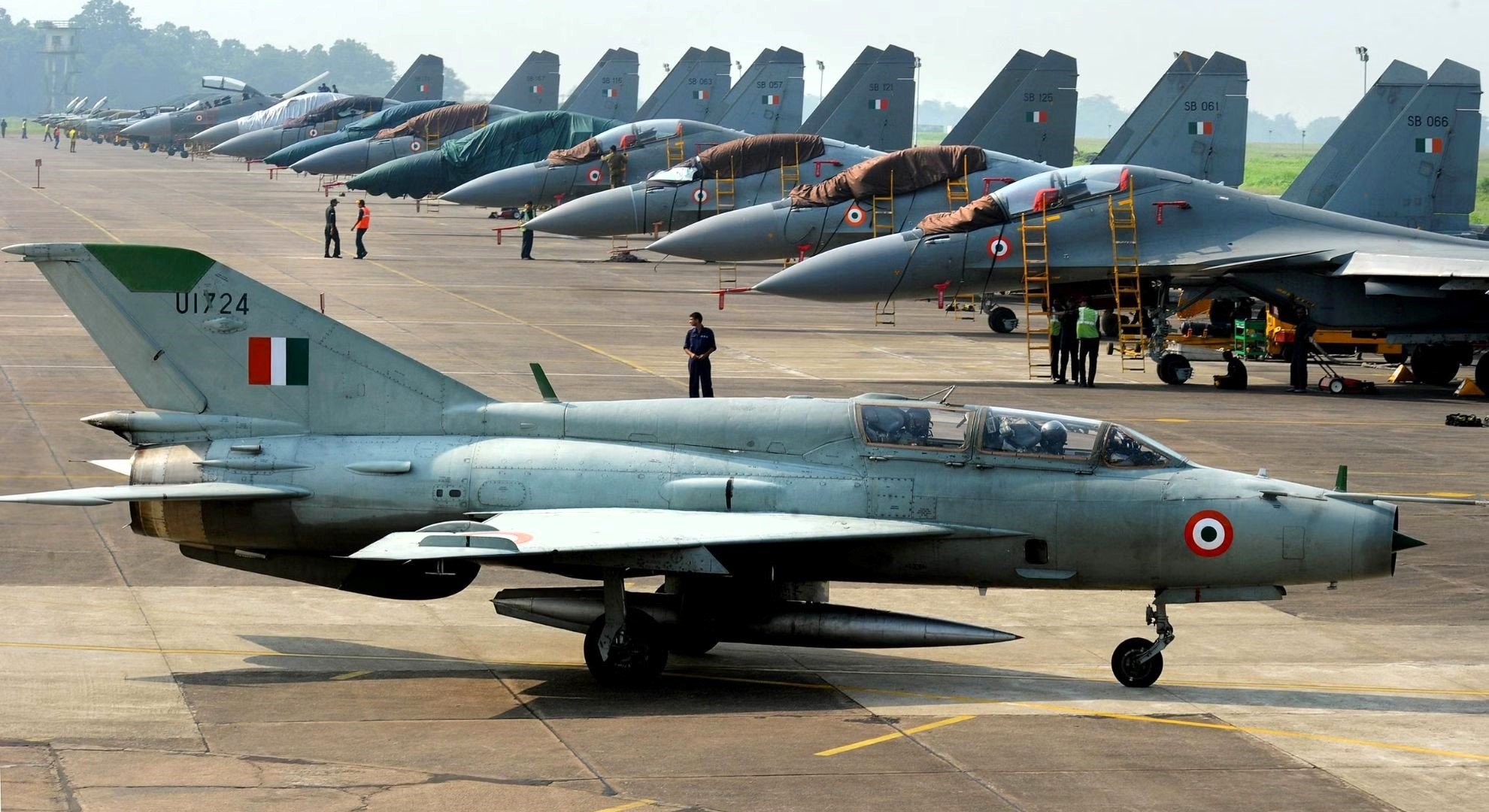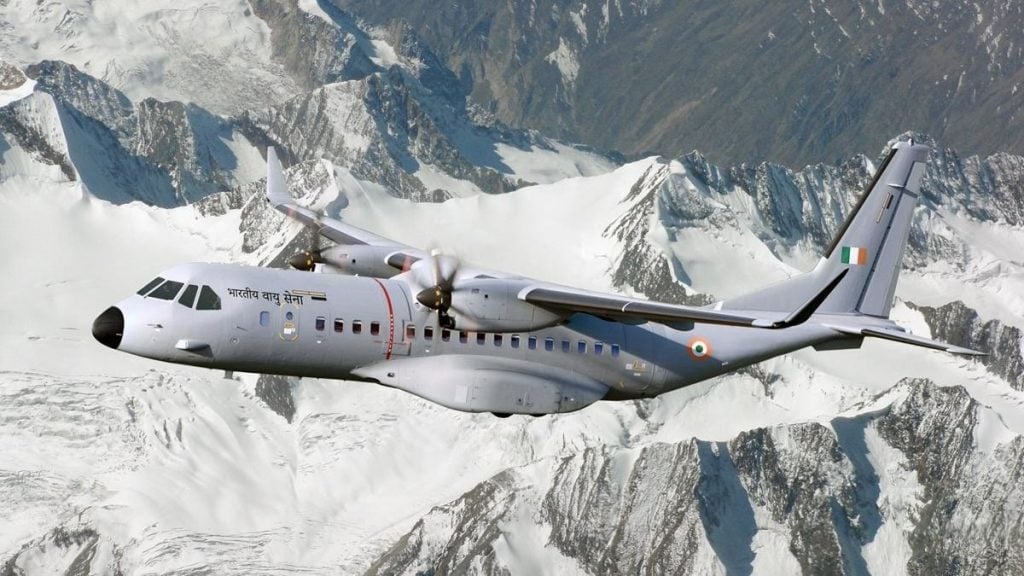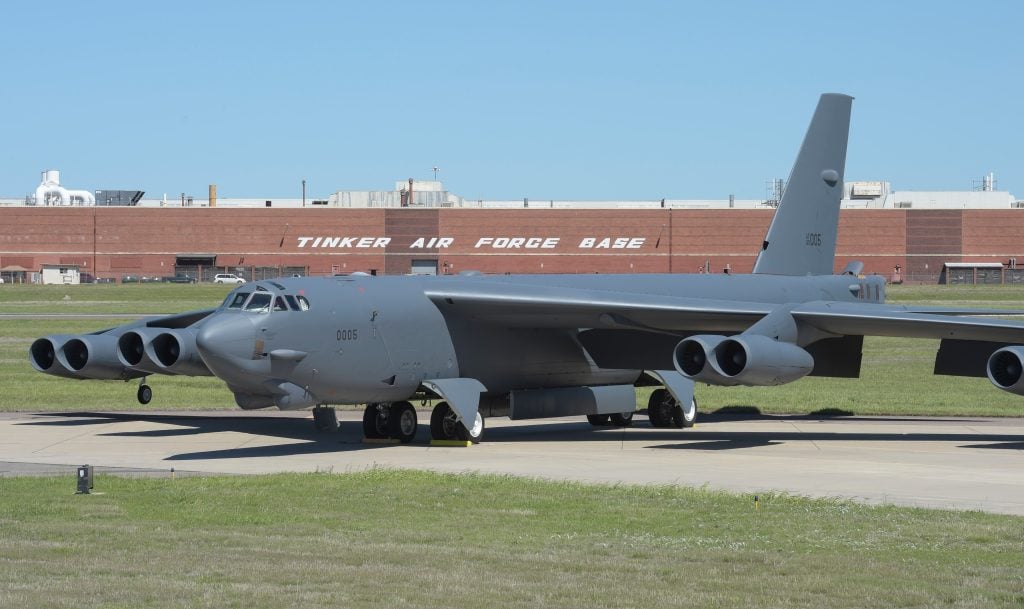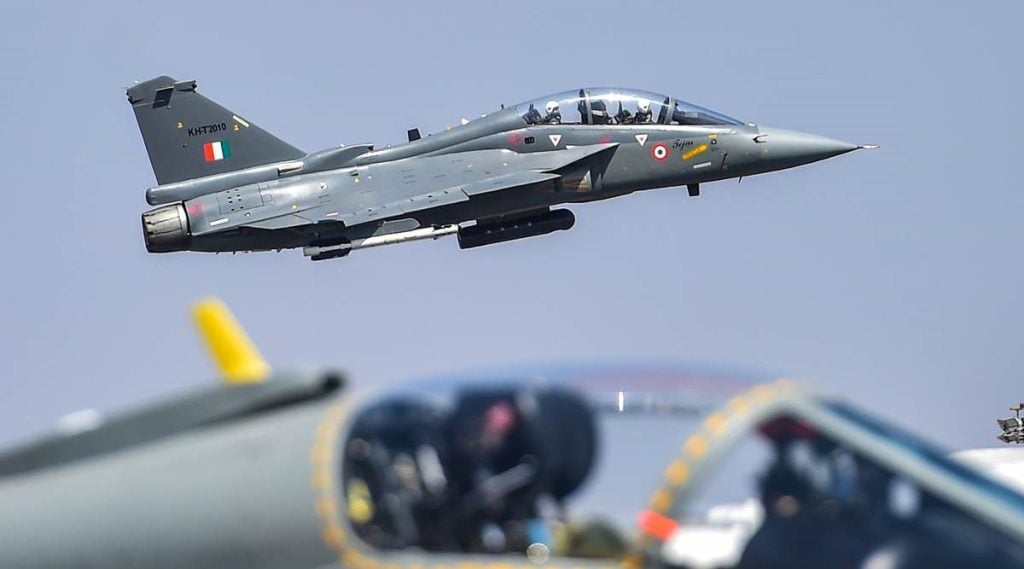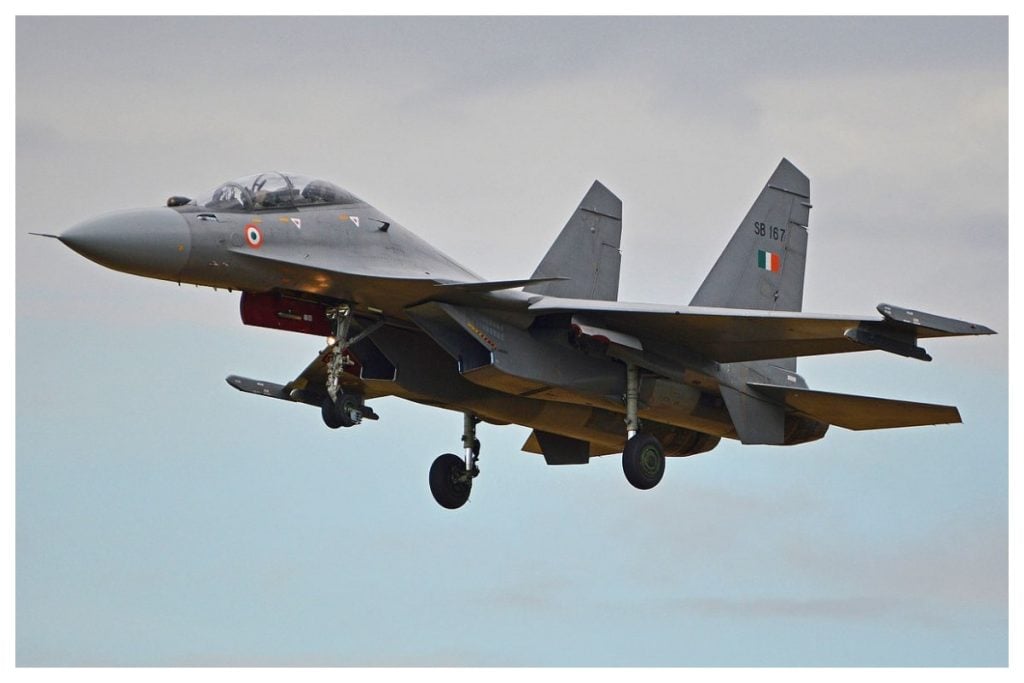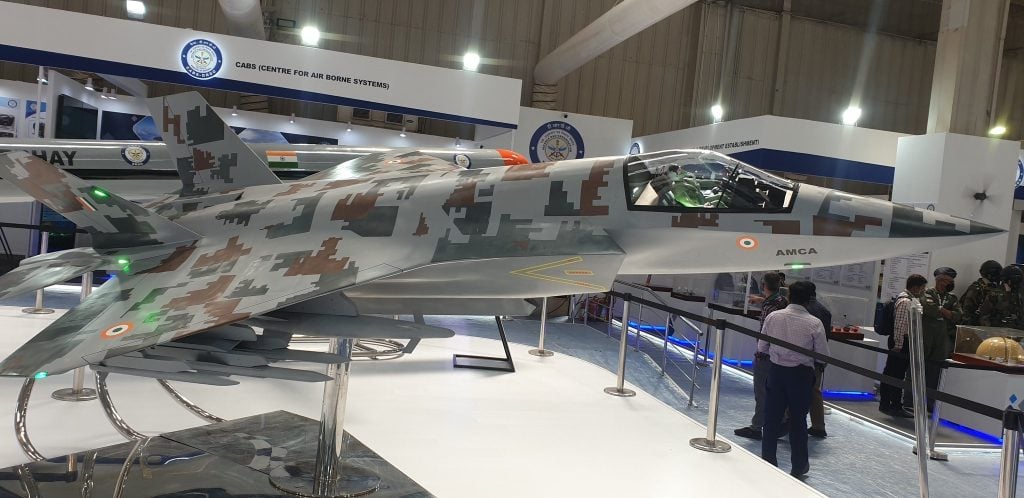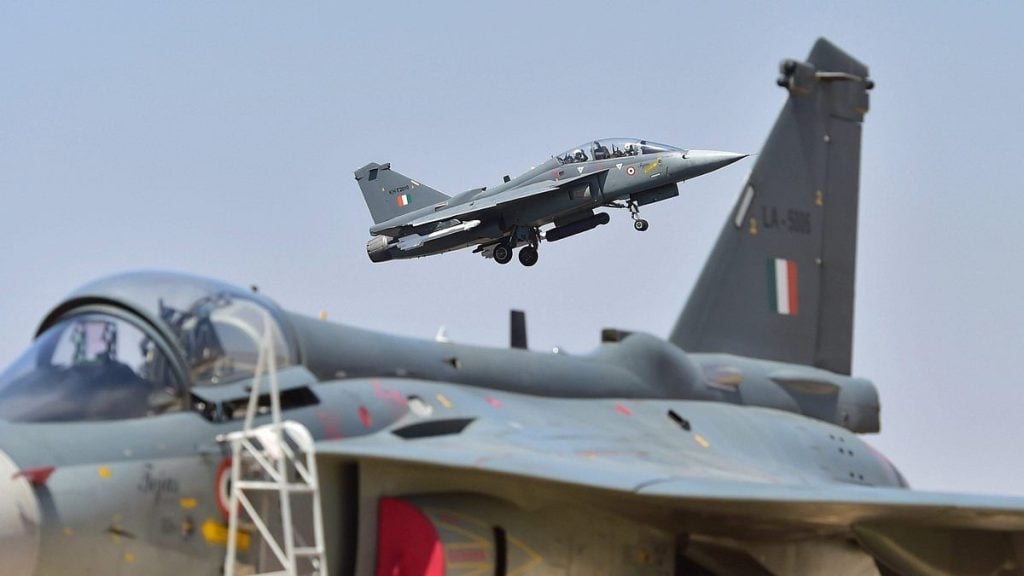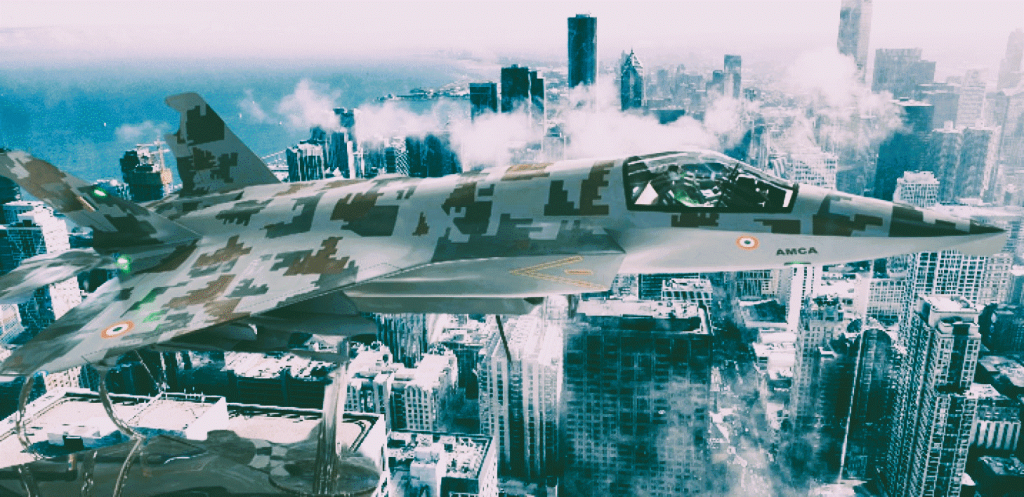India, a rising global power, has been steadily bolstering its military might, with a particular focus on enhancing its air combat capabilities. As the world’s fourth-largest air force, India’s fighter jet production and procurement strategies have become a subject of significant interest, both domestically and internationally.
In this comprehensive article, we will delve into the intricacies of A Look at India’s Annual Fighter Jet Production Numbers, exploring the country’s current capabilities, future plans, and the challenges it faces in becoming self-reliant in this critical domain.
The 4 Top Timeless Treasures of the Indian Air Force’s Heritage Fleet
India’s Diverse Fighter Jet Arsenal
India’s combat aircraft inventory is a mosaic of imported and domestically produced platforms, reflecting the country’s efforts to modernize its air force while also fostering its indigenous defense industry. The fleet includes a mix of Soviet/Russian-origin jets, such as the MiG-21, MiG-29, and Su-30MKI, as well as French-made Mirage 2000 and Rafale fighters. Notably, the country’s homegrown Tejas, a single-engine, fourth-generation multirole fighter, has also joined the ranks of India’s air combat assets.
The Rise of the Tejas
The HAL Tejas, designed by the Aeronautical Development Agency (ADA) and manufactured by Hindustan Aeronautics Limited (HAL), is a testament to India’s growing capabilities in the field of aerospace engineering. This lightweight, supersonic combat aircraft has been hailed as a significant milestone in the country’s quest for self-reliance in defense production. With its distinctive delta-wing design and advanced avionics, the Tejas is gradually replacing the aging MiG-21 fleet and serving as a potent air defense platform for the Indian Air Force.
Tejas Production Ramp-up
India’s fighter jet production landscape is not without its challenges. The Tejas program, while making steady progress, has faced supply chain issues and production delays, with the country struggling to meet its initial production targets. However, the government and the defense industry are working to address these bottlenecks and ramp up Tejas production.
Current Tejas Production Rates
According to reports, India currently produces a maximum of 12 Tejas fighter jets per year, with plans to increase this number to 16 by the end of 2024 and potentially reach 18 by March 2025. The long-term goal is to scale up production to 24 Tejas aircraft annually, a target that the country aims to achieve by 2025 or 2026.
Expanding Tejas Production Capacity
To meet these ambitious production targets, India is taking several steps, including the establishment of a third Tejas production line at the Nashik facility of Hindustan Aeronautics Limited (HAL). This additional line is expected to contribute another 8 aircraft per year, complementing the existing two production lines in Bangalore, each capable of producing 8 Tejas jets annually.
Addressing Supply Chain Challenges
One of the key challenges facing the Tejas program has been the availability of critical components, particularly the General Electric F404-GE-IN20 afterburning turbofan engines. To mitigate this issue, HAL has explored the use of backup plans, such as installing used engines, to ensure the continuity of Tejas production.
Sukhoi Su-30MKI
Alongside the Tejas, the Sukhoi Su-30MKI, a variant of the Russian-made Su-27 Flanker, has been a mainstay of the Indian Air Force. Produced under license by HAL, the Su-30MKI has been a crucial asset in India’s air combat capabilities, with 266 units currently in service and an additional 12 on order.
Potential Expansion of Su-30MKI Production
In a recent development, India is reportedly considering restarting the local production of the Su-30MKI, not only to replace lost aircraft but also to explore export opportunities. This move could potentially bypass the U.S. CAATSA (Countering America’s Adversaries Through Sanctions Act) sanctions that have impacted Russia’s fighter jet exports, further strengthening the strategic partnership between India and Russia.
Sukhoi Overhaul Capabilities
In addition to new production, India’s HAL facility in Nashik has also demonstrated its expertise in overhauling the existing Su-30MKI fleet, achieving a peak capacity of 20 aircraft per year. This capability underscores India’s growing self-reliance in maintaining and sustaining its fighter jet fleet.
How the Indian Air Force Protects the Sky from Enemies
The Pursuit of Fifth-Generation Capabilities
While the Tejas and the Su-30MKI have bolstered India’s air combat prowess, the country is also actively pursuing the development of its own fifth-generation fighter jet, the Advanced Medium Combat Aircraft (AMCA). This ambitious project aims to incorporate advanced stealth features and other cutting-edge technologies, positioning India as a key player in the global race for next-generation fighter aircraft.
Collaboration with Global Partners
To support its fifth-generation fighter program, India has engaged in strategic partnerships with international players, such as France and Russia, to leverage their expertise and technology. This collaborative approach is expected to accelerate the AMCA’s development and help India achieve its goal of fielding a world-class, indigenously produced fighter jet.
Challenges and Roadblocks
India’s journey towards self-reliance in fighter jet production is not without its challenges. The country’s reliance on imported components, particularly for engines and other critical systems, has been a persistent obstacle. Additionally, the development of indigenous fighter jet engines has been a long-standing hurdle, with the country still struggling to produce a functional engine that can power its homegrown platforms.
Navigating Geopolitical Tensions
India’s fighter jet procurement and production strategies have also been influenced by the complex geopolitical landscape. The CAATSA sanctions imposed by the United States have impacted India’s ability to acquire Russian-made aircraft, necessitating the exploration of alternative procurement and production avenues.
India’s Fighter Jet Aspirations
Despite the challenges, India remains committed to strengthening its air combat capabilities and fostering a robust domestic defense industry. The country’s ambitious plans to ramp up Tejas production, explore the revival of Su-30MKI manufacturing, and develop the AMCA fifth-generation fighter jet underscore its determination to become a self-reliant military power.
Embracing Technological Advancements
As India continues to modernize its fighter jet fleet, it is also embracing technological advancements, such as the integration of artificial intelligence, advanced avionics, and enhanced stealth features. These innovations are expected to enhance the performance and capabilities of India’s future fighter jets, solidifying the country’s position as a regional and global military power.
Nurturing Domestic Talent
Alongside its hardware development, India is also investing in the cultivation of its domestic talent pool, ensuring a steady supply of skilled aerospace engineers, technicians, and pilots to support the growth of its fighter jet program. This holistic approach, combining technological advancement and human capital development, is crucial for India’s long-term success in the realm of air combat.
Top 5 Airports with the Shortest Runways in India
Conclusion
India’s fighter jet production journey is a testament to the country’s unwavering commitment to self-reliance and military modernization. As the nation navigates the complexities of geopolitics, supply chain challenges, and technological advancements, its determination to become a global leader in fighter jet production remains steadfast. The Tejas, the Su-30MKI, and the pursuit of the AMCA fifth-generation fighter jet are all integral components of India’s ambitious vision for its air combat capabilities. By overcoming the obstacles and capitalizing on its growing expertise, India is poised to emerge as a formidable player in the international fighter jet landscape, solidifying its position as a regional and global military power.
FAQs
1. How many fighter jets does India have in total?
With almost 2,000 aircraft utilized by the Indian Army, Navy, Air Force, and Coast Guard, India demonstrates considerable technological expertise and strategic strength.
2. How many Tejas can India produce in a year?
On April 5, 2023, Defence Secretary Giridhar Aramane inaugurated a third production line at HAL’s Nashik factory, aiming to speed up delivery. This expansion increases the total production capacity to 24 aircraft per year.
3. Is Hal AMCA better than F-35?
The AMCA boasts a top speed of 2,633 km/h, while the F-35 reaches a top speed of 2,000 km/h. The AMCA has a range of 3,240 kilometers, compared to the F-35’s range of up to 2,800 kilometers. In terms of combat range, the AMCA can cover up to 1,620 kilometers, whereas the F-35’s combat range is 1,239 kilometers.
4. Is rafale better than F-22?
The F-22 had performed impressively in simulated engagements, successfully shooting down six Rafales and engaging five additional ones. Nonetheless, one French pilot pushed his aircraft to its maximum, reportedly reaching 9Gs, and managed to lock onto a Raptor.
5. Does India have a 5th gen fighter?
The AMCA is presently the sole 5th generation fighter being developed in India.
